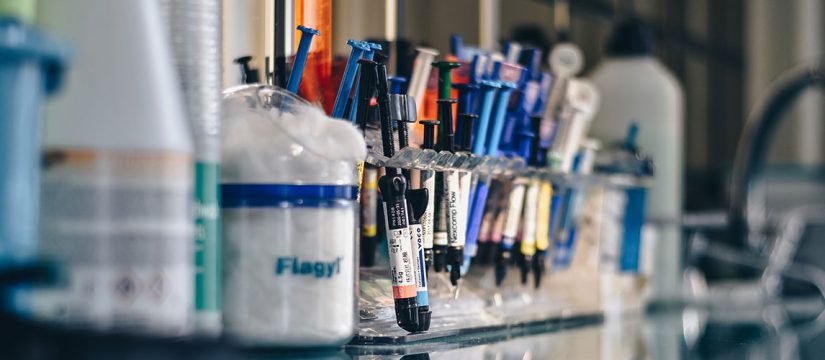
Foot-Painting Artists Show Brain Plasticity at Work
- September 13, 2019
- 9 Likes
- 598 Views
- 0 Comments
Two professional artists born without arms have remarkable “toe maps” in their brains, neuroscientists report. Using high-resolution brain imaging, researchers found that these men’s somatosensory cortex – the area normally devoted to sensation – had distinct clusters for each toe, much like the usual map for fingers smithsonianmag.com. In people with hands, the brain typically treats the foot as one undifferentiated region. But in these foot-painters, each toe controls its own brain area. This unique pattern (never seen in most adults) matches what’s seen in apes that use feet for dexterity smithsonianmag.com.
Study findings: Published in Cell Reports, the research showed that Tom Yendell and Peter Longstaff (who paint with their feet) “have toe maps almost as detailed as normal finger maps” smithsonianmag.com. In healthy subjects, toes share one block in the brain. Here, each of their toes lit up separately. This likely reflects years of training: they use toes as fingers, so their brains rewired sensory networks. As one neuroscientist commented, “We’re talking here about a whole map that doesn’t usually exist in adults” smithsonianmag.com.

Implications: This is a striking example of neuroplasticity – the brain’s ability to reorganize based on experience. It confirms that intensive use of body parts can shape brain structure. Such findings inform rehabilitation: for instance, stroke patients or amputees might relearn functions if the brain can create new maps. It also reassures that adult brains, while less flexible than children’s, still have surprising adaptability.
Limitations: The study involved only two cases, so we cannot generalize to all people. And this was sensory mapping, not motor function per se. Still, it adds to evidence (from musicians, Braille readers, etc.) that skill and necessity can sculpt the brain’s layout even in adulthood.



Leave Your Comment